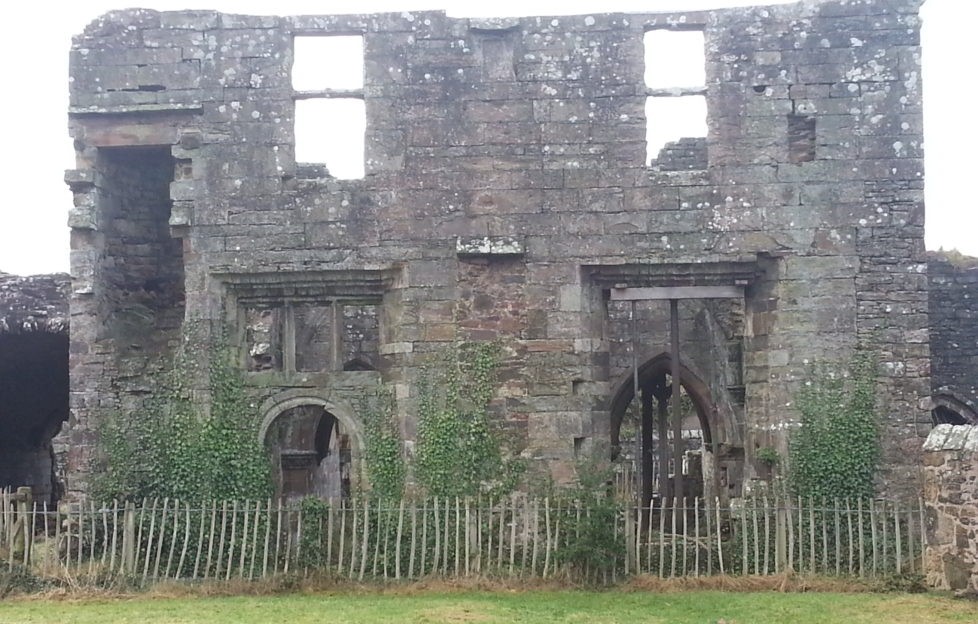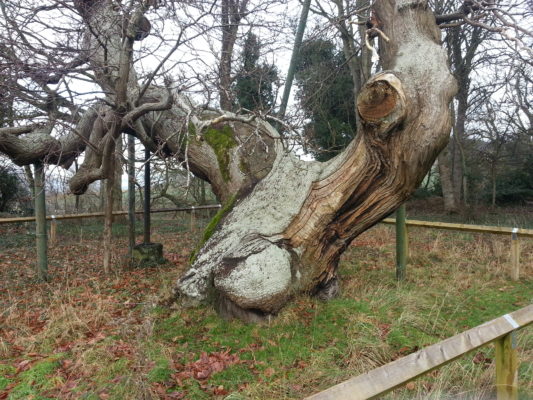
I recently visited Balmerino Abbey a few miles from my hometown. I remember first visiting the abbey with my parents when I was a child. To this day, I love nothing more that wandering through the grounds of old abbeys and churches. Even better, too, if the buildings are intact and still in use.
Balmerino Abbey was founded in 1229 by Queen Ermengarde, widow of William I, or, more commonly, William the Lion. In the autumn of said year, a band of twelve Cistercian monks, led by Abbot Alan (coincidence?), arrived on foot from Melrose in the Scottish borders.
The abbey has borne much damage over the years – attacked by an English army in 1547, and then further destruction by Protestant reformers in 1559.
But the old stone ruins are still standing to this day. Taken from Slater’s Directory, 1852, it was said of the abbey, “These ruins, which are richly clothed in ivy, and surrounded with some fine tall trees, are much admired by strangers.”
Tree of Dreams

Photograph courtesy of Alan Spink.
Within the grounds of the abbey stands a majestic Spanish chestnut tree. Tradition claims that the tree was planted by Queen Ermengarde in 1229, but subsequent findings by the National Trust for Scotland date the tree back to the 16th century. A unique tree nonetheless.
It couldn’t be a blog post from me without a fiction insight, and this one is no different.
Walking through the abbey ruins instilled a sense of peace within me. It made me think of the monks of long ago, and the conversations they had as they went about their daily tasks. And of the old chestnut tree, which has no doubt witnessed many comings and goings over its 400+ years.
It doesn’t have to be an historic site to ignite the imagination. Favourite locations and walks can engage the senses in all sorts of creative and inspiring ways.
Wherever your travels lead, happy musings.
For more from the Fiction team, click here.




